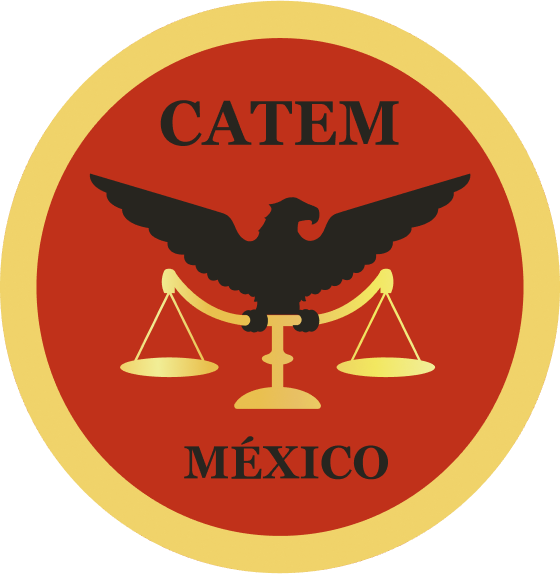8 key DevOps roles and responsibilities for team success
For example, the team would discover user problems and operate and monitor the system in production. When you view a stream-aligned team, they have no critical dependencies on any other team. Stream-aligned teams work on a single valuable stream of work, usually aligned to a business domain. They might focus on a specific feature or group of features, work only on one user journey, or align with a particular persona. It’s easy to create a team with all the needed skills by hiring many people, but the team won’t have resilience as each member handles a small, isolated area.

The teams operate in a collaborative way where both the teams actively participate throughout the service lifecycle. The operation team interacts with developers, and they come up with a monitoring plan which serves the IT and business requirements. Without a DevOps approach, there are often problems between releasing new features and stability. In a DevOps environment, on the contrary, the entire team is responsible for delivering both new features and stability. Thanks to the surefire mix of a shared codebase, CI, test-based methods, and automated tools, it is easier to find defects earlier in the process.
Type 4: DevOps-as-a-Service
Quality Assurance validates the product to ensure it meet both customer and organizational requirements throughout the development and deployment phases. Ensure the underlying infrastructure and platforms can effectively support the services through capacity and availability planning, monitoring, and optimization. All required competencies to develop and manage products should be within the team. Attainment of comb-shaped competencies is preferred for all team members, as well as continuous knowledge sharing and collaboration.
Having several projects shifts the administration burden and gives your teams more autonomy to manage the project as the team decides. It also provides greater control of security and access to assets across the different projects. Having team independence with many projects creates some alignment challenges, however. If each project is using a different process or iteration schedule, it can make communication and collaboration difficult if the taxonomies aren’t the same.
What is a DevOps Team Structure? – A Complete Guide
At the highest level of isolation is an organization, where each organization is connected to a single Azure AD tenant. A single Azure AD tenant, however, can be connected to many Azure DevOps organizations. It’s a model adopted by every big company out there, that seeks to move fast and be agile, and focuses on security by following DevSecOps https://globalcloudteam.com/devops-team-structure-secrets-of-successful-implementation/ practices. DevOps teams have evolved over time and while I’m sure they will continue to do so in the coming years, I’m fairly certain we’ll see more developers leaning towards ops and vice versa. We’ll get to see more people that can wear multiple wigs in the team while the so-called, one-trick ponies will be slowly phased out.
The second is that structuring your DevOps team in the wrong way can cause long-lasting problems. For example, a DevOps team that includes every engineer in your business may be so large that team members cannot communicate effectively, which undercuts the collaboration that is a key goal of DevOps. Among the necessary job roles for a DevOps team are System Administrators, Database Administrators, Release Managers, Infrastructure Architects, and Software Configuration Managers. The primary goal of any well functioning Agile DevOps team is to phase this specific role out and have the responsibilities integrated directly into a release pipeline. Additionally, Operations Engineers are responsible for the health checking of the application, detecting and resolving any problems and ensuring reliability.
Remember: There is no ‘right’ team topology, but several ‘bad’ topologies for any one organisation.
The important thing about Type 3 is that much of the “Ops” work will be done by a cloud provider BUT that does not mean there is “no Ops”. You will still need a team that defines which parts of the public cloud APIs and services to use and how. You provide Netflix as an example of an org that is fully-integrated. However, I would argue that Netflix only appears fully-integrated because they are actually the best example of IaaS – being almost fully reliant on AWS for their infrastructure.
- Good judgment directs that, generally, the whole association would see efficiency boons as a result.
- Site Reliability Engineering solves operations as if it’s a software problem.
- By its nature, the DevOps team structure is an evolution of the agile model that is great for gathering requirements, developing, and testing out your solutions.
- They bring a specific and important set of skills to the process.
This team operates independently from — but closely collaborates with — development and IT operations. Adopting DevOps, deciding on a team structure that optimizes, rather than hinders, your ability to «do» DevOps can be one of the most challenging parts of building a DevOps organization. What team structure is right for DevOps to flourish in your organization? Here’s a look at the pros and cons of the most common DevOps team models.
Stabilized Work Environment
As DevOps becomes more widespread, we often hear software teams are now DevOps teams. However, simply adding new tools or designating a team as DevOps is not enough to fully realize the benefits of DevOps. Different teams require different structures, depending on the broader context of the company. A content marketing analyst, Binod’s area of interest is EdTech, marketing analytics, and digital marketing. He is also a professional blogger and writes extensively on skill development. His hobbies include travelling, programming, and watching sitcoms.
In your default project, there’s a code repo to start working in, backlog to track work, and at least one pipeline to begin automating build and release. Configure teams and backlogs into a hierarchical structure, so program owners can more easily track progress across teams, manage portfolios, and generate rollup data. You can use this group in queries or to set permissions for your team. Take some time to review your work structure and the different business groups and participants to be managed.
What skills are required to be a Cloud Engineer?
Automation helps the team to achieve constant enhancement in a short period. Each business unit within your company gets its own organization in Azure DevOps, along with its own Azure AD tenant. You can set up projects within those individual organizations, as required, based on teams or ongoing work.




Leave a comment